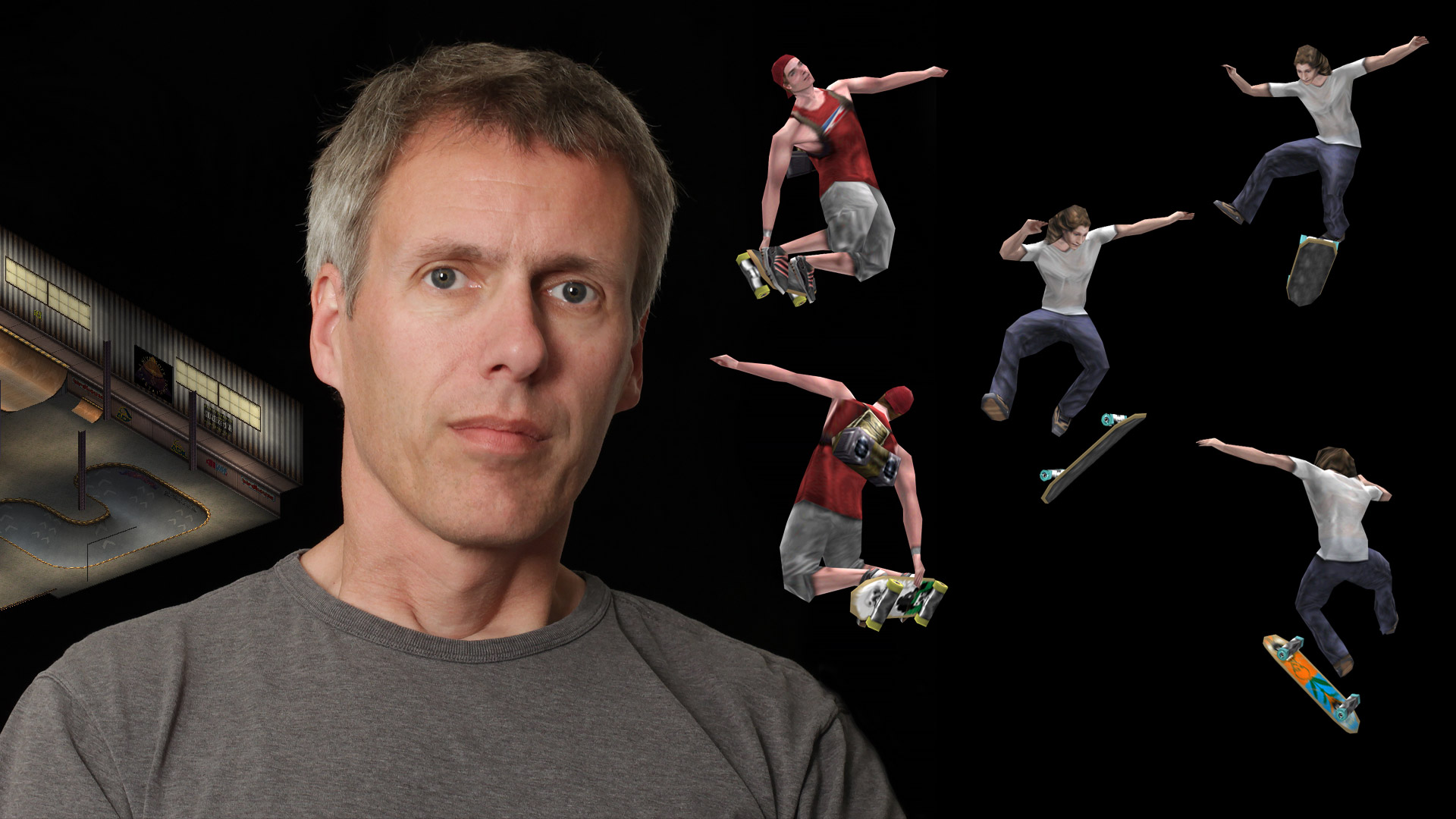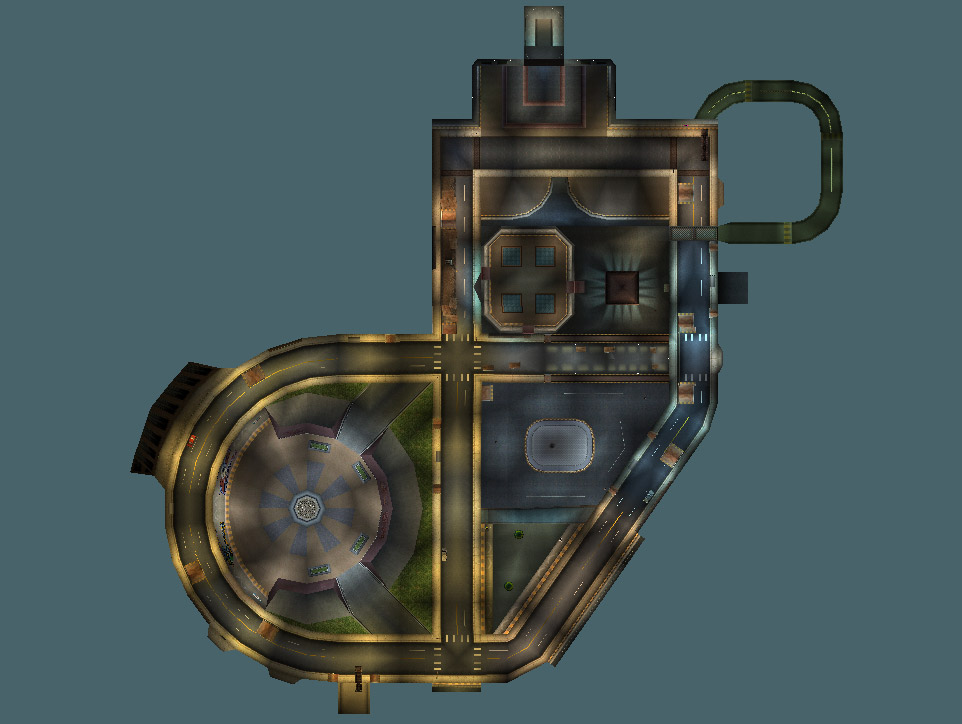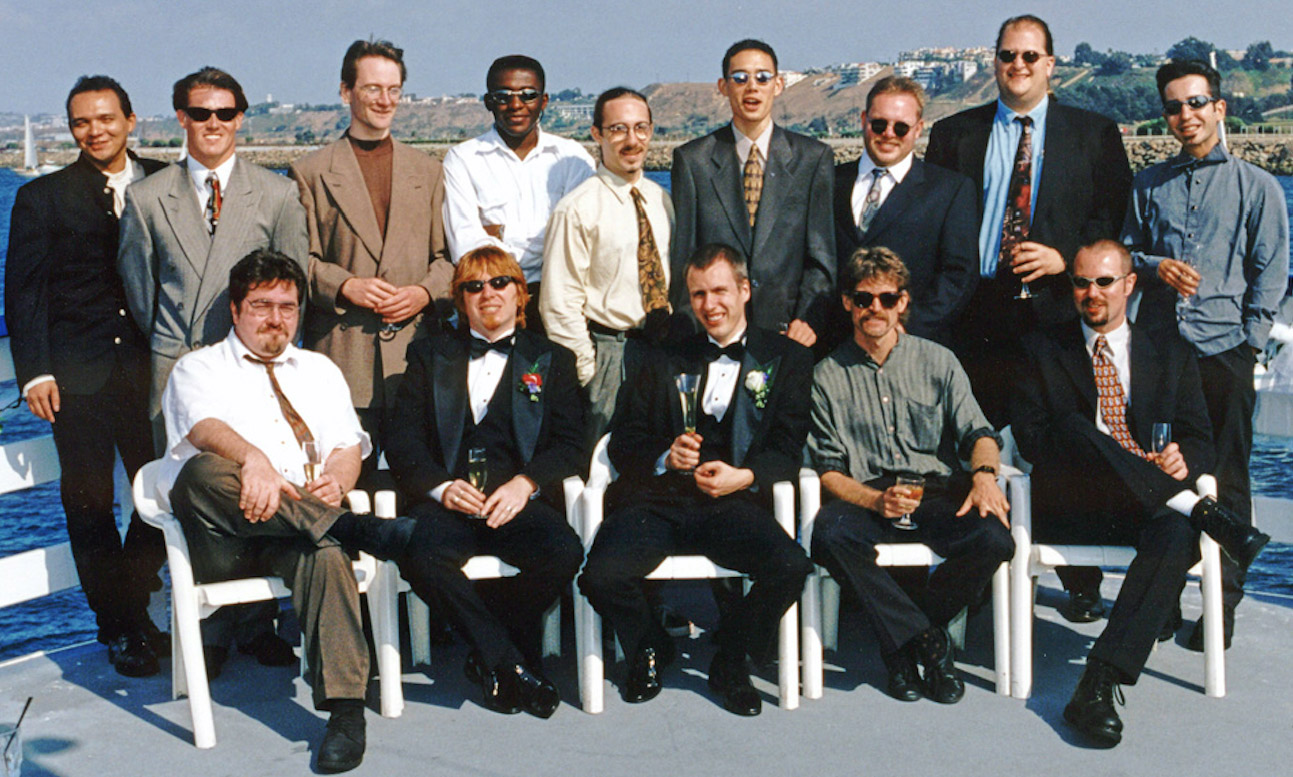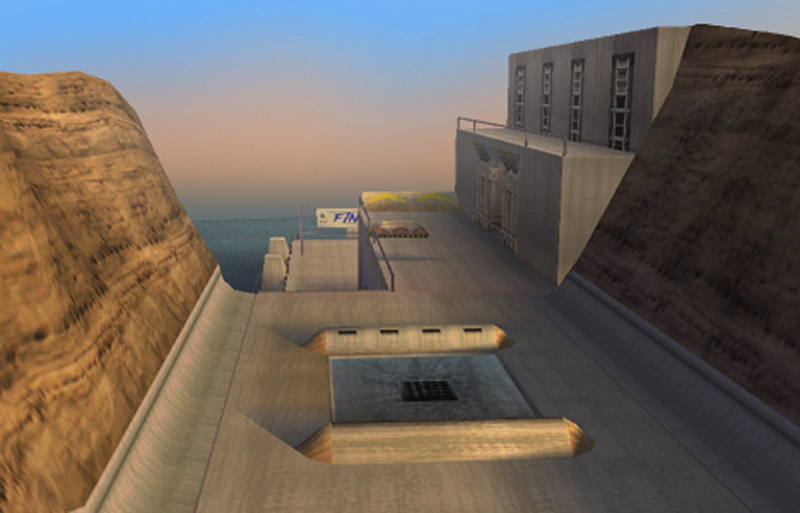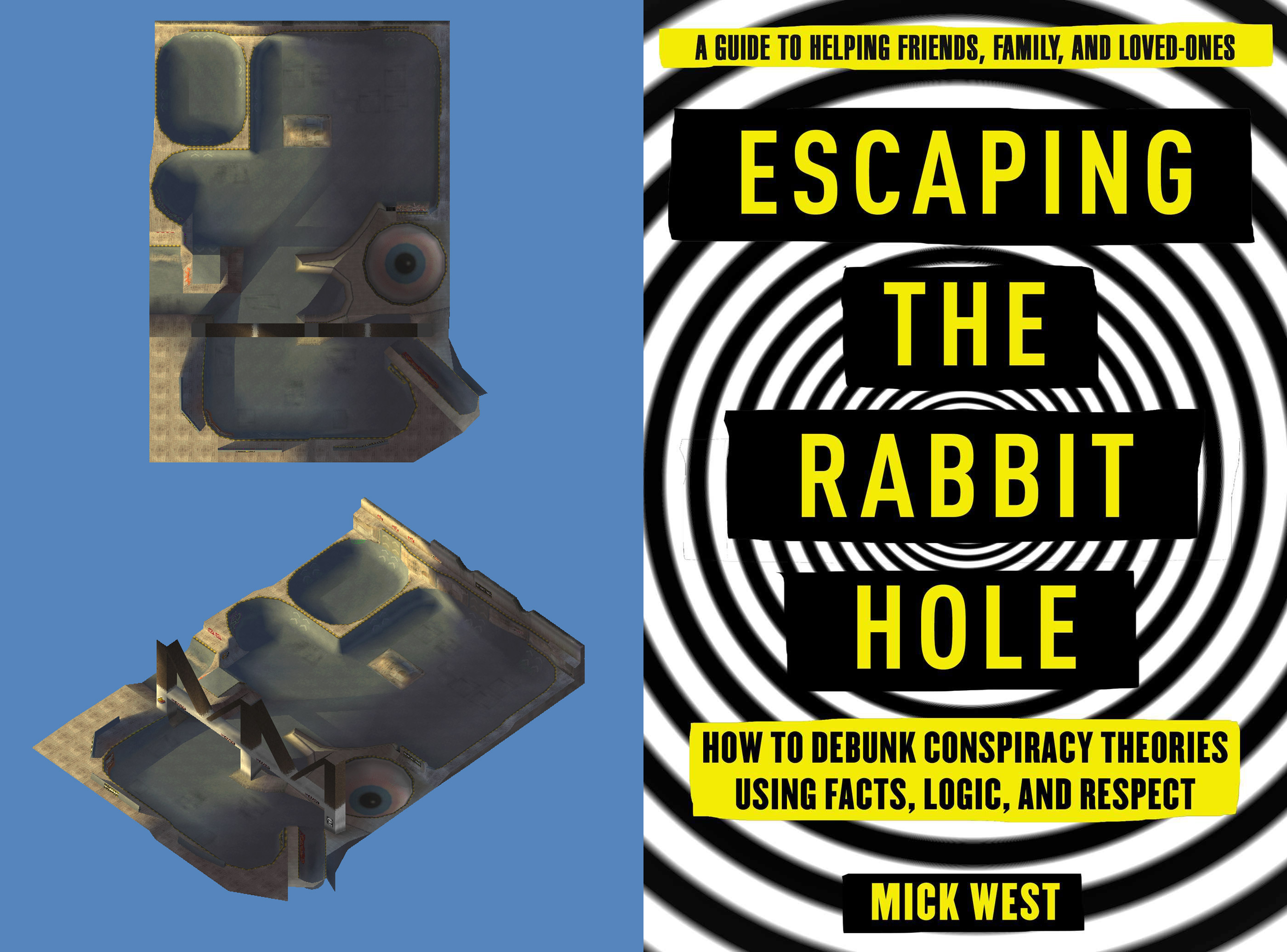So here I am. Doing everything I can. PlayStation controller in hand. Pretending I’m a Superman. It’s been 20 years since Tony Hawk: Pro Skater was first released into the world.
20 years since the speared eyeball of the ‘Neversoft’ logo first appeared on screens. 20 years since Goldfinger’s ‘Superman’ become the national anthem of skateboarding. 20 years since video game owners were first exposed to the innate joys and frustrations that come with trying to collect hovering letters of the alphabet under deceivingly short time limitations.
“I’m very proud of what we did”
Tony Hawk: Pro Skater was released on PlayStation on 31 August 1999. It would be a game that would change the face of skateboarding forever.
“I’m very proud of what we did,” Mick West tells us. “I can see the influence the games have had on the broader game market and on skateboarding itself.” Mick was the lead programmer on the first Tony Hawk game, and a co-founder of Neversoft alongside Joel Jewett and Chris Ward. “The whole culture of skateboarding was affected. It was good to be even a small part of that.”
West co-founded Neversoft in 1994. In the months before they met video game publisher Activision, Neversoft were in serious financial trouble. West, Jewett and Ward weren’t paying themselves a wage, and employees were on half-salaries. Eventually though, work came to them. Activision needed someone to salvage a third-person shooter they had commissioned named Apocalypse. It starred Bruce Willis as the protagonist.

